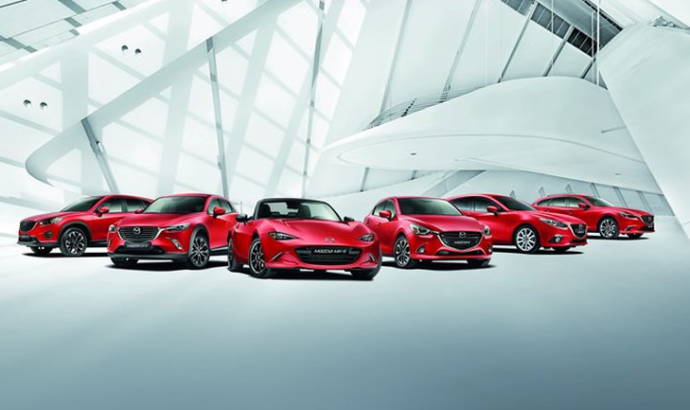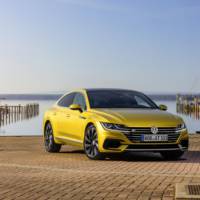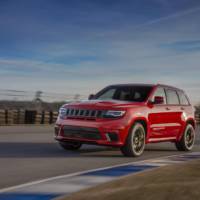Along with the announcement of the new Skyactiv-X range, Mazda also made public its plans for the next two decades. They are called “Sustainable Zoom-Zoom 2030,” a new long-term vision for technology development that looks ahead to the year 2030.
The aim is to reduce corporate average “well-to-wheel” carbon dioxide emissions to 50 percent of 2010 levels by 2030, and achieve a 90-percent reduction by 2050.
Achieve this with a policy prioritizing efficiency improvements and measures for cleaner emissions that apply in the real world. In line with this policy, continue efforts to perfect the internal combustion engine, which will help power the majority of cars worldwide for many years to come and can therefore make the greatest contribution to reducing carbon dioxide emissions, and combine the results with effective electrification technologies.
From 2019, Mazda will start introducing electric vehicles and other electric drive technologies in regions that use a high ratio of clean energy for power generation or restrict certain vehicles to reduce air pollution.
The Japanese manufacturer will begin testing of autonomous driving technologies currently being developed in line with Mazda’s human-centered Mazda Co-Pilot Concept in 2020, aiming to make the system standard on all models by 2025.
Until then they will promote further standardization of i-ACTIVSENSE advanced safety features, which help drivers recognize and assess potential hazards. In addition to Japan, where they are already becoming standard, gradually these technologies will be standard in other markets starting in 2018.



